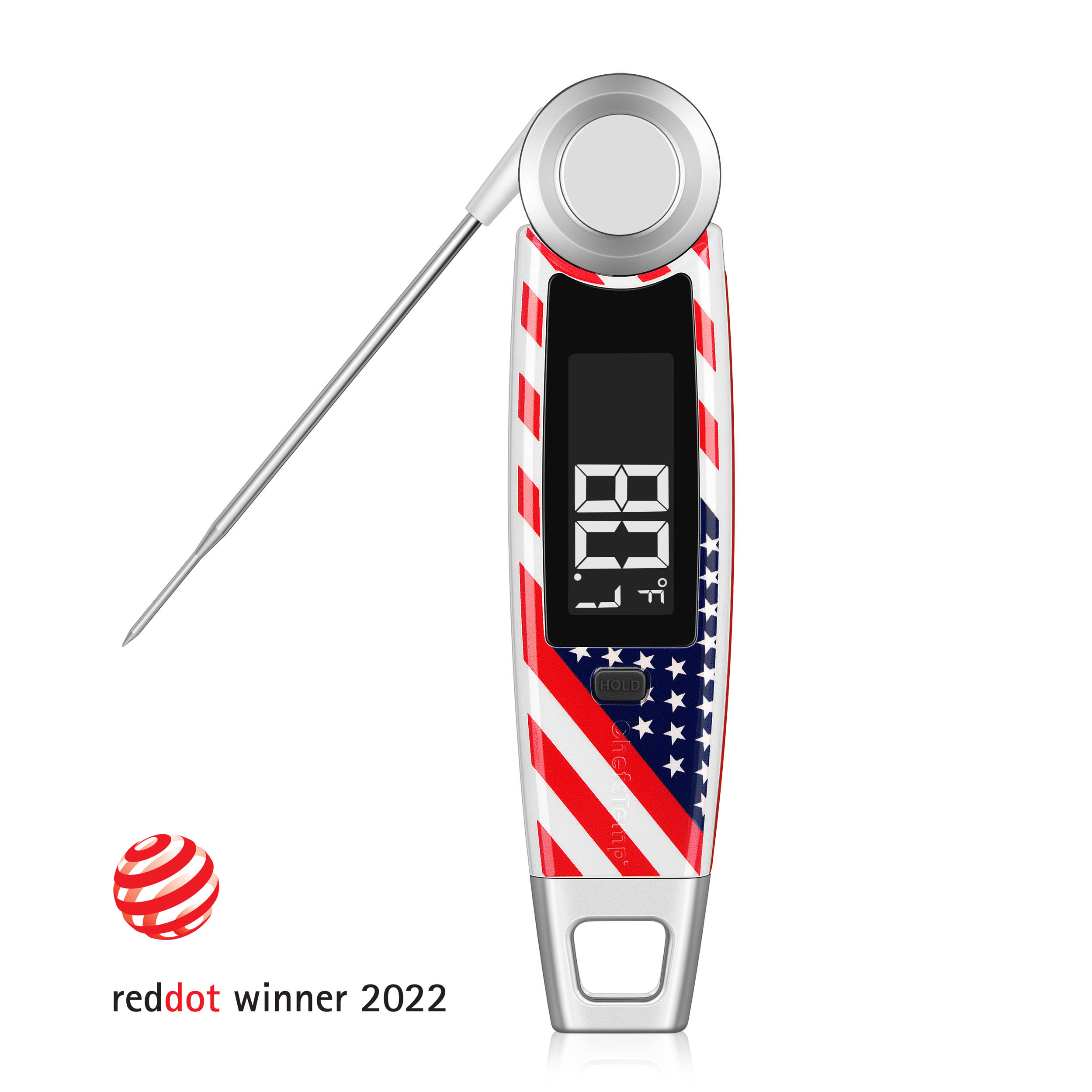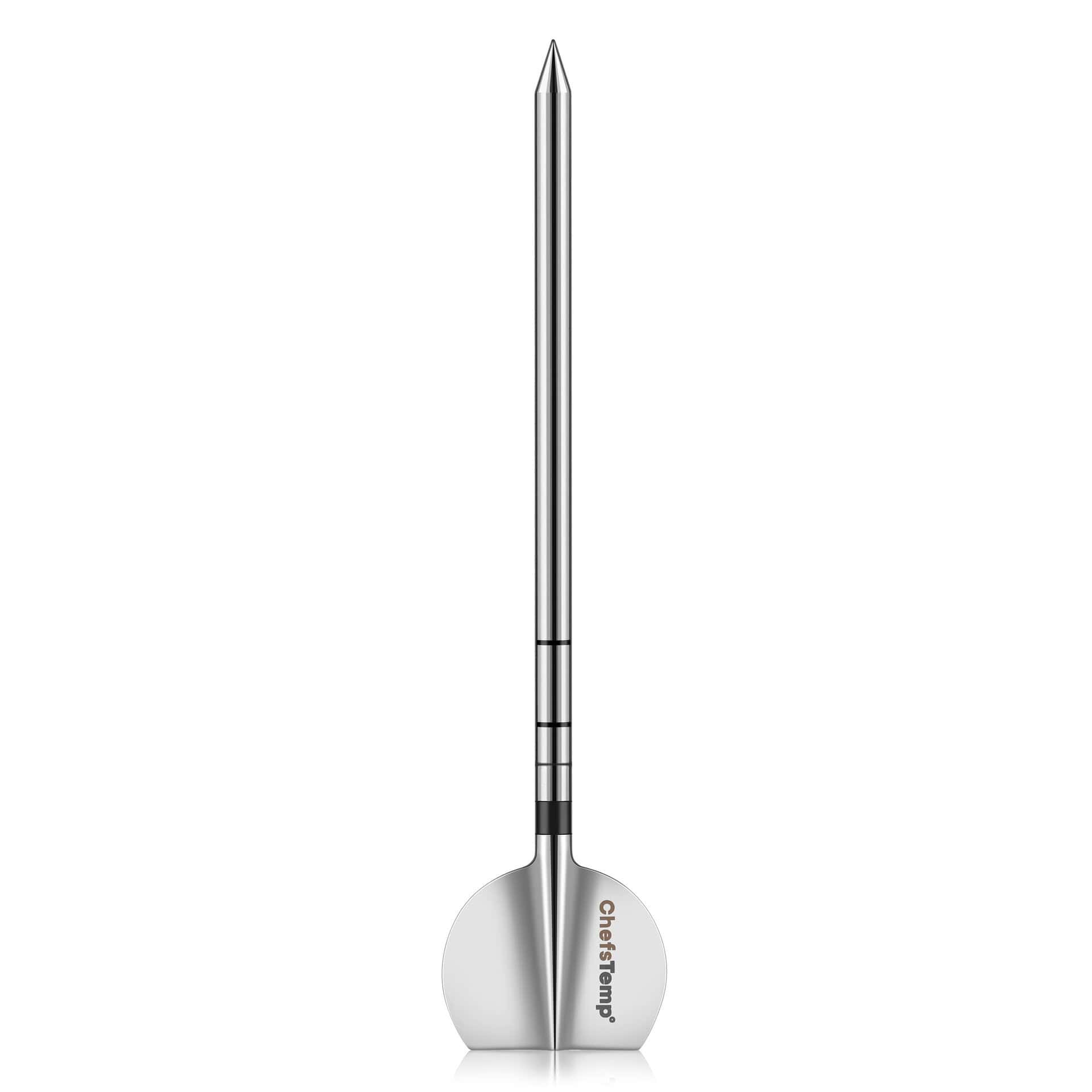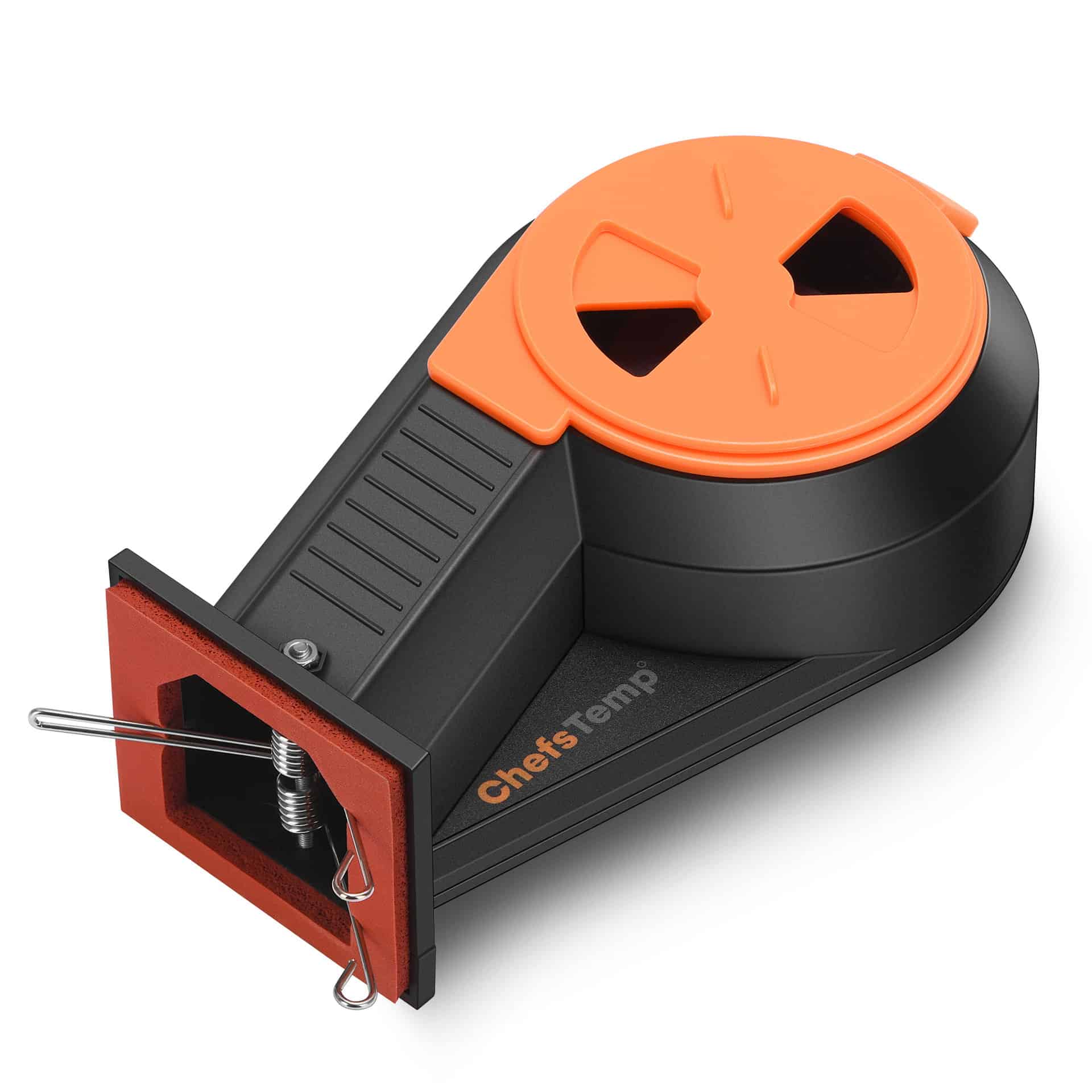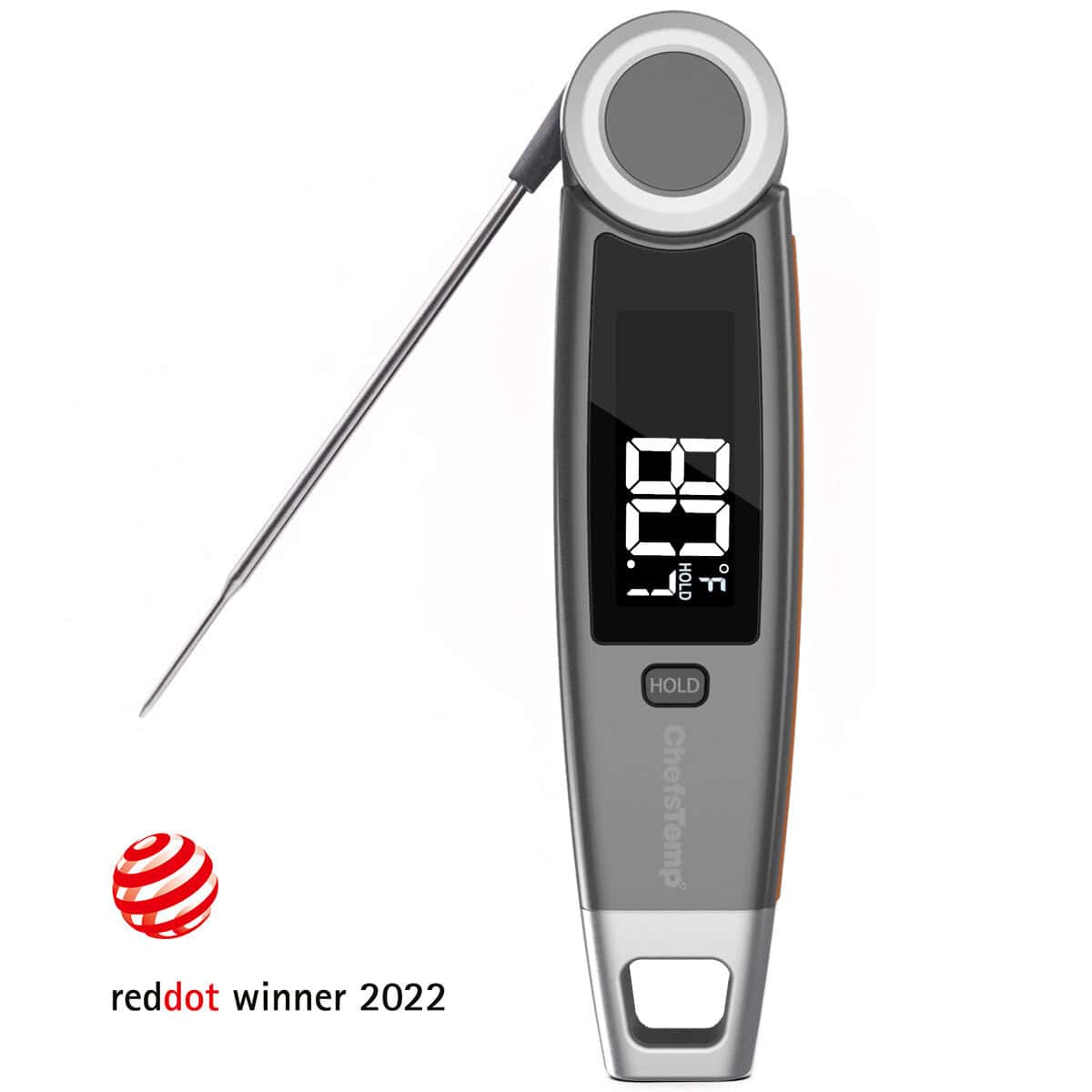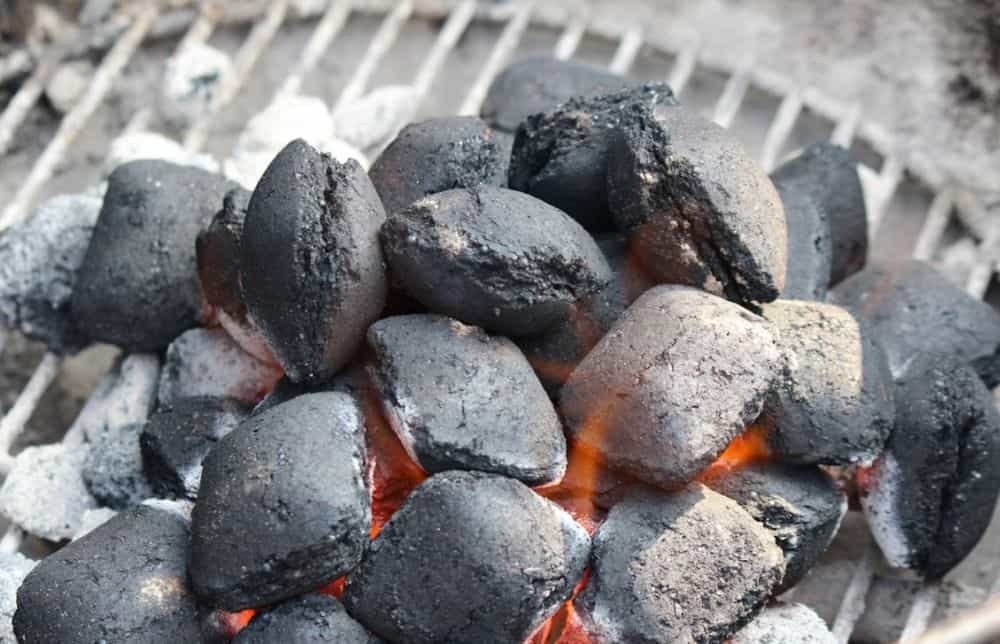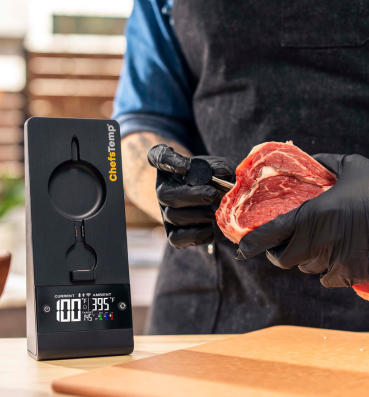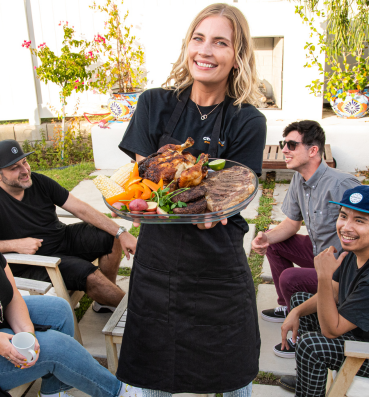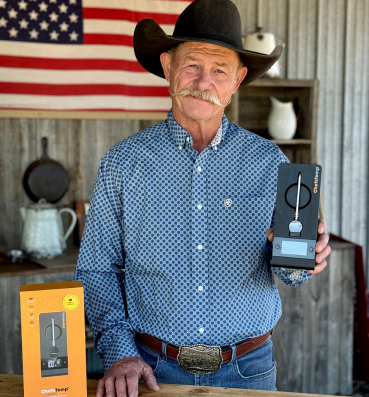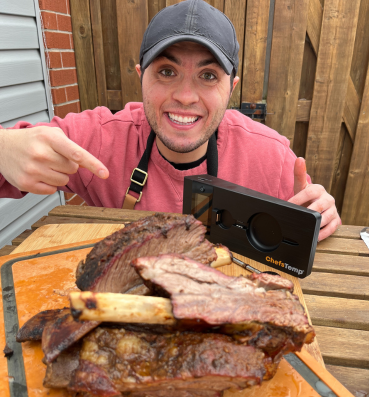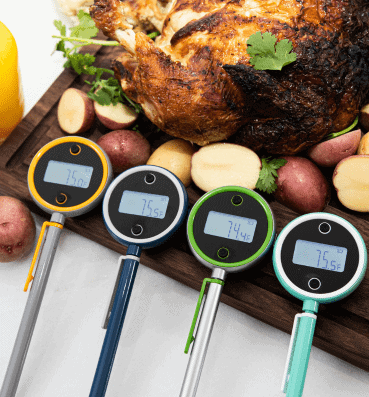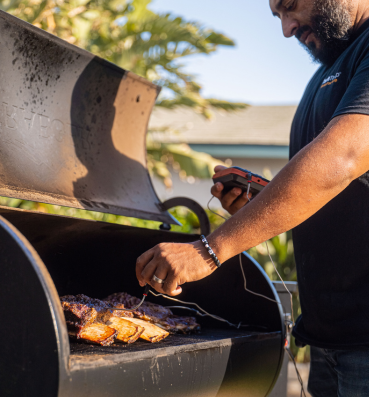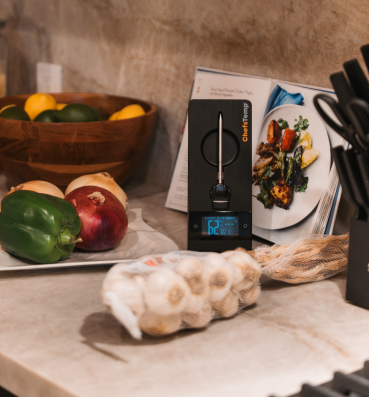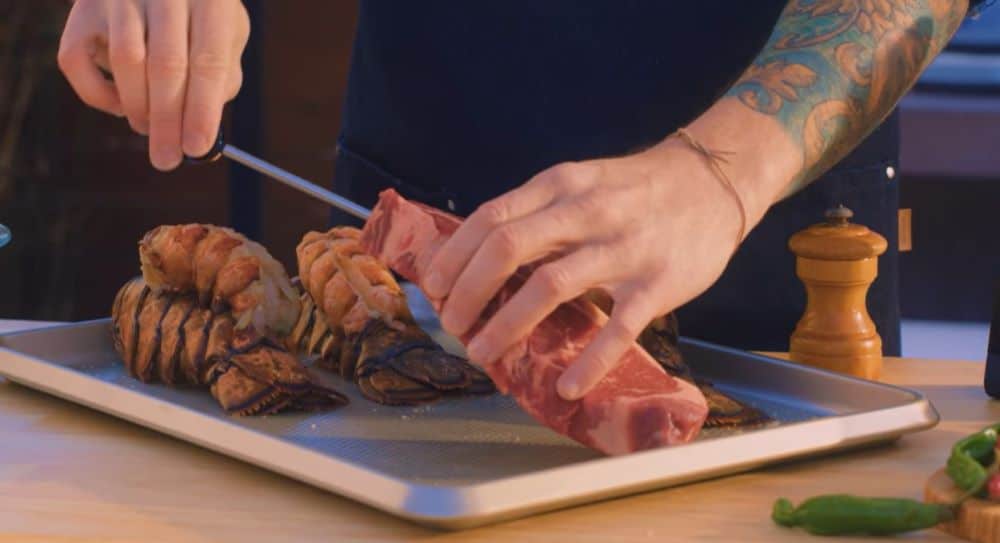
Beyond the Guesswork: Precision Cooking Perfected
Cooking can feel like gambling – you win some, and sometimes, let’s just say food may not turn out as planned. But a good cook will never leave anything to chance; instead, they tilt the odds in their favor. While their expertise and experience play a huge factor, they often depend on tools for precision cooking. One of the most essential precision tools in any professional kitchen is the food thermometer, specifically the meat thermometer.
Fortunately, you don’t need to be a professional chef to get hold of this tool. But how exactly will this tool remove the guesswork and ensure precision cooking in your kitchen? Read on and find out.
Table of Contents
Why Use a Meat Thermometer
Cooking, in its most basic concept, is about heat transfer. Food, such as meat, undergoes physical and chemical changes when exposed to heat, whether on the grill, in the oven, etc. Fat melts, sugars caramelize, and protein denatures. The key to cooking good food is taking full control of the process to achieve the desired flavor and texture. This is what thermometers are for.
Food thermometers, like meat thermometers, remove the guesswork from cooking by ensuring food is cooked to its safe internal temperature. Precisely heating and cooking food, such as meat, to its recommended internal temperature, reduces the risk of foodborne illnesses by effectively killing harmful bacteria.
Moreover, precision cooking helps you achieve perfect doneness for meats, preventing undercooking and overcooking. Whether you like your steak rare or medium, a thermometer will help you with time and resources, from cutting the meat to checking it.
Additionally, knowing the exact temperature of the food you are cooking can ensure that your meat stays juicy and flavorful.
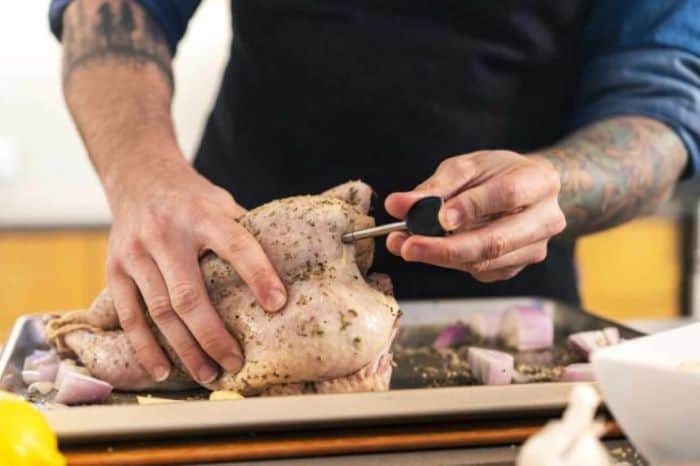
Proper Ways of Using a Thermometer
Inserting the thermometer
Having a meat thermometer is one thing; knowing how to use it properly is another. While the tool may seem straightforward, there are some key steps you need to remember to ensure you get accurate readings.
Inserting the thermometer—First, always insert the thermometer into the thickest part of the meat. Avoid touching the bone, fat, or gristle; these parts can provide inaccurate readings. The bone, for example, conducts heat, which may mislead you by giving a higher internal temperature than the actual.
Also, ensure the thermometer is inserted deep enough to the center, as this area takes the longest to heat up and cook. Leave the meat thermometer for a few seconds until the temperature stabilizes to get a reliable reading.
Using a Thermometer in the Oven
Oven thermometers provide real-time temperature readings, helping you make perfectly cooked oven dishes, especially meat dishes, minus the guesswork.
For an oven-going or oven-safe thermometer, it is vital that you insert it into the meat before you start cooking it in the oven. This will allow you to monitor the internal temperature of the meat throughout the cooking process without repeatedly opening the oven door from time to time to check on your food. Each time you open the oven, heat escapes, which will not only extend your cooking time but may also result in uneven cooking.
Moreover, oven-going thermometers will help you keep track of the whole cooking process. This means you minimize the risk of undercooking and overcooking, as you know exactly when the meat has reached the desired internal temperature for the perfect doneness. This is particularly important for cooking large cuts of meat (e.g. turkey, where judging the doneness by sight can be difficult. By keeping the oven door closed and relying on the thermometer, you ensure that the meat is evenly and thoroughly cooked to ensure tasty and juicy meat is cooked to perfection.
Resting the Meat
Another crucial aspect of precision cooking is letting the meat rest after removing it from the grill or oven. Once you remove the meat from the heat, it continues to cook internally (the internal temperature rises slightly); this is called ‘carryover cooking’. This is a crucial step to allow meat to cook to its perfect doneness without being overcooked.
Moreover, the resting period of cooked meat is important, as it allows juices to redistribute throughout the meat, resulting in a juicy, tender, and more flavorful final product. This is why it’s a good idea to recheck the temperature using a thermometer after a few minutes (usually 10 to 15 minutes) to ensure that it has reached its ideal temperature before cutting and serving.
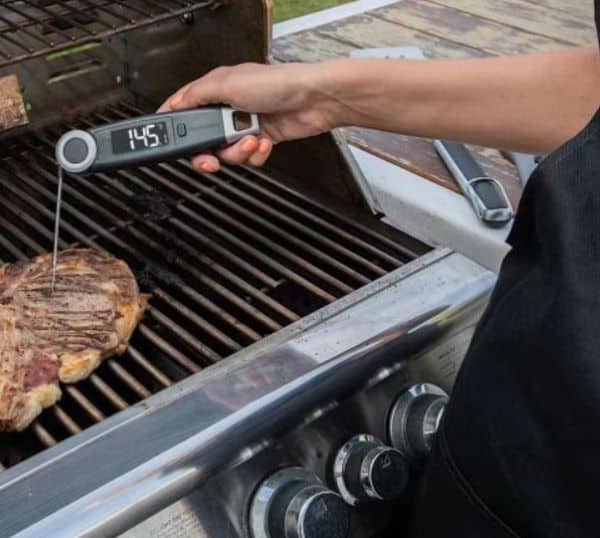
6 Tips to Improve the Performance of Your Thermometer
- When cooking multiple dishes, use the recommended probe for the right food. Remember, there is an ideal internal temperature for each type of meat for optimal taste, juiciness, texture, doneness, and safety. Setting the temperature for a turkey but inserting the probe in a tenderloin will lead to overcooking.
- When checking the temperature of thinner-cut meats, such as chicken breasts, chops, or steaks, insert the thermometer into the side, not the top to bottom. For sausages, insert the probe from one end and aim towards the center.
- When checking for the temperature of a whole bird, insert the probe into the deepest part of the thigh. Ensure the probe doesn’t touch the bone, as bones conduct heat, which may give you a higher temperature reading than the internal temperature.
- Always have a backup set of batteries for your thermometer for long cooks. If your thermometer is rechargeable, ensure it is fully charged and have the charger ready nearby.
- If you have a thermometer that syncs with your smartphone, ensure you are within range and that its dedicated app is up-to-date.
- Thermometers may lose accuracy over time. Calibrate yours occasionally, mainly if you use it in extreme temperatures or it gets dropped. You can do this by placing the thermometer in a glass of ice water or boiling water. It should read 32°F (or 0°C) and 212°F (or 100°C, adjusted for altitude) respectively. If the readings are off, refer to the manufacturer’s manual to adjust the thermometer accordingly.
The Takeaway
Good cooks nail their dishes to perfection with their skills and experience and by using the right tools, such as food thermometers and meat thermometers. By removing the guesswork in precision cooking, you, too, can cook perfect dishes.
Discover Other ChefsTemp Products
Discover more recipes and learn kitchen tricks by joining our cooking family on Facebook.
You may also like:
